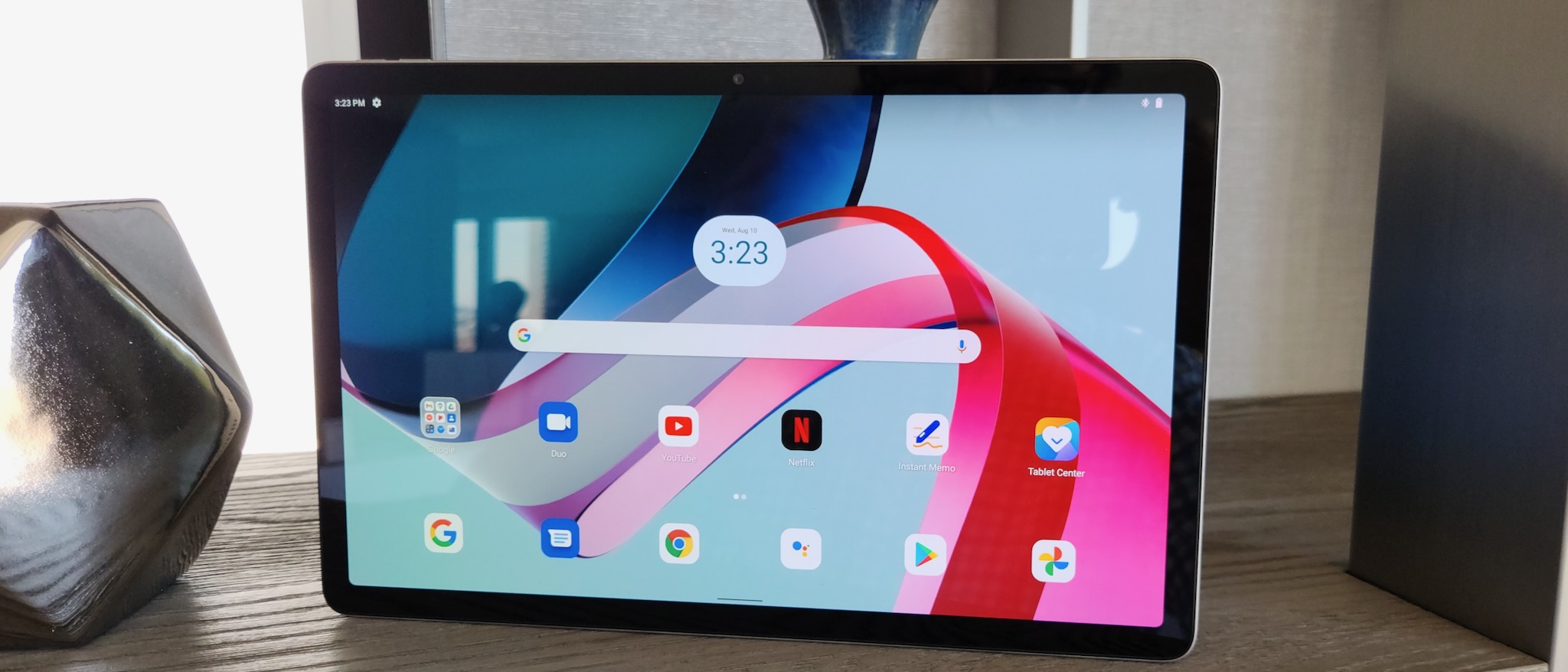Android Central Verdict
Lenovo is proving an expert at mid-range Android tablets that outperform the cheaper models but cost hundreds less than the popular premium tablets. Its 2.5K 120Hz display makes gaming and streaming shows a blast, as do the quad speakers and large battery. It'll become an even better option once it gets the update to Android 13.
Pros
- +
Beautiful 2.5K display
- +
Quad JBL speakers with Dolby Atmos
- +
14-hour battery life
- +
Expandable storage w/ microSD
- +
Performance upgrade over Gen 1
Cons
- -
Keyboard and stylus sold separately
- -
No 3.5mm jack
- -
Cameras are so-so
- -
Didn't launch with Android 12L
Why you can trust Android Central
I've reviewed three tablets in 2022: the Samsung Galaxy Tab S8+, Nokia T20, and Lenovo Tab P11 Plus. While the Tab S8+ ended up topping our list of the best Android tablets, the P11 Plus is the tablet I'd recommend to more people, simply because of how affordably excellent it was. It had its minor issues and price compromises, to be sure. But that's what made me excited to review the Lenovo Tab P11 Pro Gen 2, to see how Lenovo would do with fewer budget restrictions.
On the other hand, Ara Wagoner's blistering Lenovo Tab P11 Pro review from 2021 made it clear Lenovo had something to prove with its Pro lineup this year. Her main criticism of the Gen 1 tablet was that its Productivity mode — Lenovo's answer to Samsung's DeX mode — was broken and that its Snapdragon 730G-backed performance was inconsistent at best. The tablet was "just fine," an unacceptably tepid rating for a fairly pricey device.
The Tab P11 Pro Gen 2 switches to the MediaTek Kompanio 1300T while offering a more affordable price point and a beautiful 120Hz display. On paper, it has all the ingredients for success as a mid-range tablet for anyone who doesn't want to spend extra on the Galaxy Tab S8 series. But in practice, it had some criticisms to address before I could recommend it, both from Ara's review and my own. This Lenovo Tab P11 Pro Gen 2 review will explain which problems Lenovo fixed, and which it didn't.
Lenovo Tab P11 Pro Gen 2: Price and availability
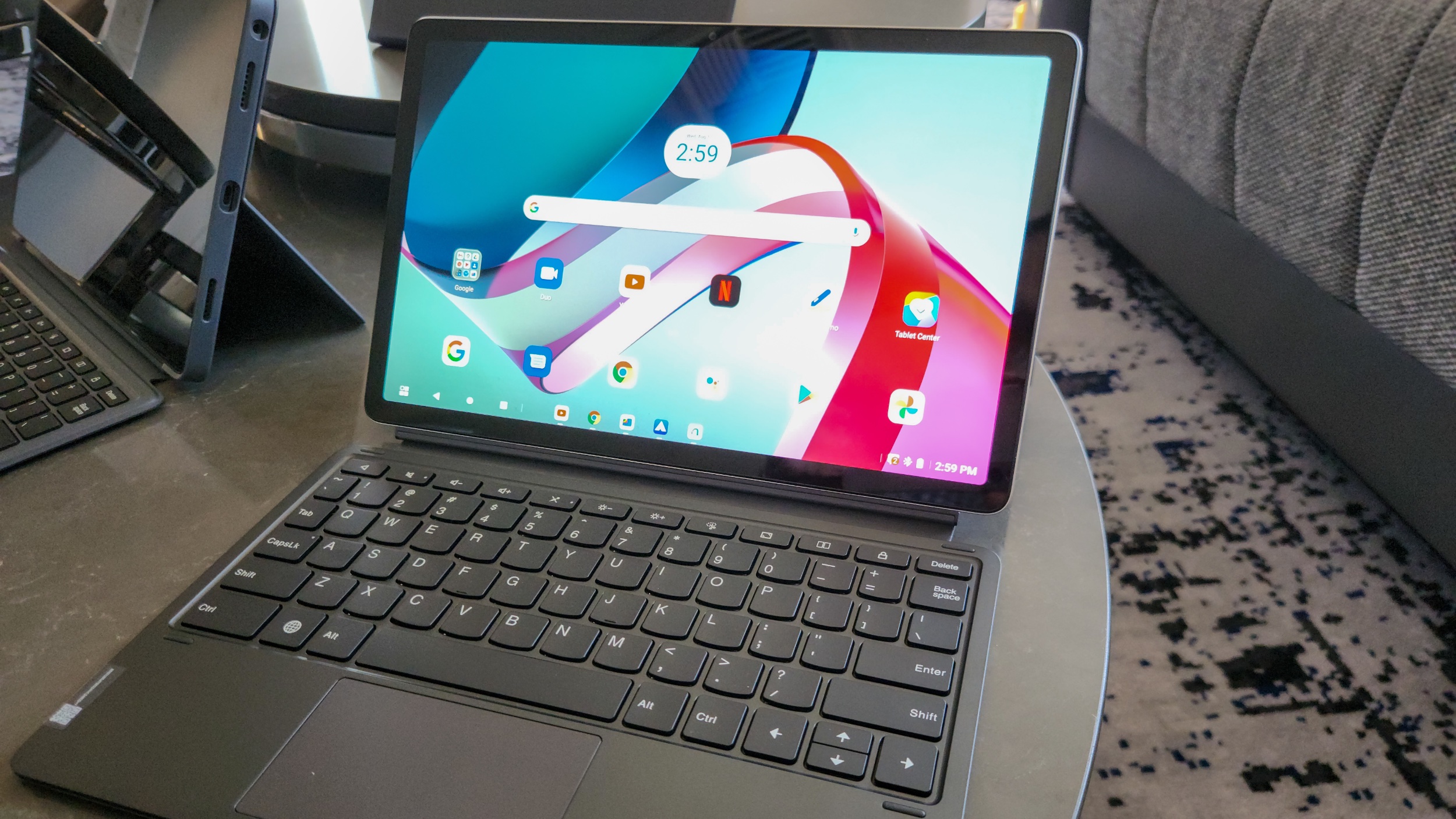
Lenovo released the Tab P11 Pro Gen 2 in September 2022. It sells in two variants: 4GB/128GB and 6GB/128GB, retailing for $400 and $430, respectively. Both come in just one color (Storm Grey) and ship with a 10V charging adaptor, USB-C 2.0 cable, and microSD tray pin in the box. Currently, it only appears to be available on Lenovo's website.
You can also buy specific Lenovo Tab P11 Pro Gen 2 accessories. A folio case with a kickstand, Precision Pen 3, or Keyboard Pack with magnetic keyboard and kickstand cost $30, $70, or $100, respectively.
Lenovo Tab P11 Pro Gen 2: What I loved
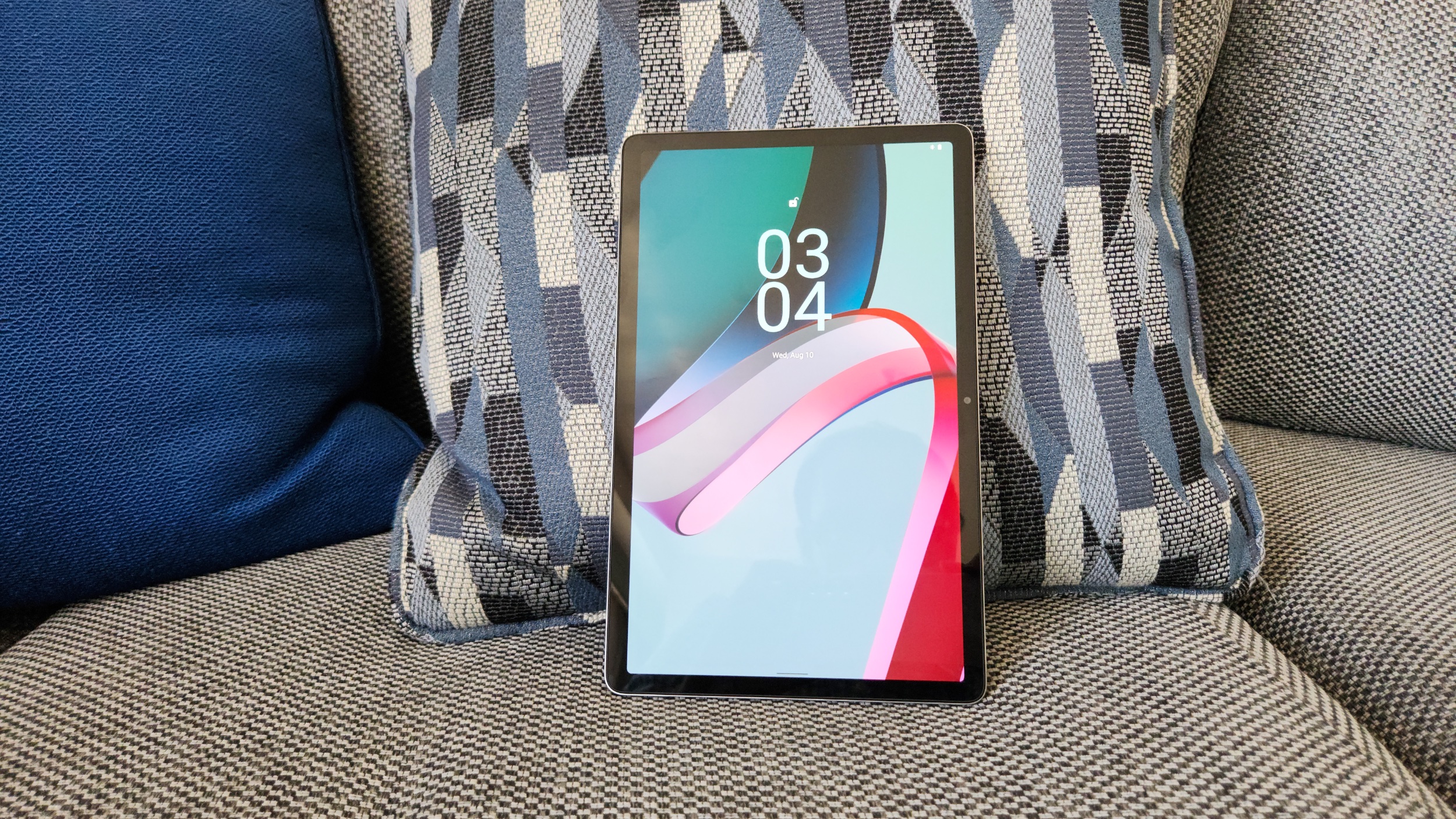
Lenovo has released two Pro 120Hz tablets this year, with the Lenovo Tab P12 Pro impressing us in the premium tablet sphere. The problem with that tablet is that it costs $700, squaring it off against the Galaxy Tab S8 and iPad Pro lineups. With the Lenovo Tab P11 Pro starting at $400, it competes against 60Hz tablets like the Galaxy Tab S7 FE, Chromebook Duet 3, and 10th-gen iPad — much more assailable rivals.
One major appeal to the Tab P11 Pro Gen 2 is its delightful 11.2-inch display. Its OLED display hits 600 nits of brightness for HDR content, runs the whole gamut of DCI-P3 colors, and at 267 pixels per inch matches tablets with much higher price tags like the iPad Air M1, and falls just 7ppi short of the Tab S8.
Unless you need a bigger display for productivity purposes, I'd be hard-pressed to think of a better visual option with any Android tablet. And it's decently light, too, beating the Tab S8 despite a larger display and only outweighing the iPad Air by 0.03lb.
To be fair, it's not a tablet you'll want to hold one-handed for long, except propped like a tray on your fingers. It's a bit too heavy to be gripped on the side. If you buy a kickstand cover, the Tab P11 Pro Gen 2 will work easily enough; otherwise, you'll want to prop it on something if you plan to use the Lenovo Precision Pen 3 for note-taking.
| Lenovo Tab P11 Pro Gen 2 | Specifications |
|---|---|
| Processor | MediaTek Kompanio 1300T octa-core processor 4 x A78, 2.6 GHz, 4 x A55, 2.0 GHz, ARM G77, MC9 836 MHz |
| Software | Android 12; updates to Android 14, three years of security updates |
| Display | 11.2″ (2560 x 1536) 2.5K OLED, Dolby Vision, HDR10+, 100% DCI-P3, 420 nits (typical), 600 nits (HDR) |
| Memory | 4-6GB LPDDR4X |
| Battery | 8,000mAh; up to 14 hours video playback |
| Storage | 128 GB UFS 3.1; microSD slot |
| Audio | Quad JBL speakers with Dolby Atmos |
| Cameras | 13MP auto focus (rear); 8MP fixed focus (front) |
| Connectivity | 802.11a/b/g/n/ac/ax; Bluetooth 5.1; USB-C 3.2 Gen 1 |
| Security | Face Unlock; Fingerprint |
| Dimensions | 263.66 x 166.67 x 6.8mm / 10.38 x 6.56 x 0.26″ |
| Weight | 480g / 1.05lb |
For what it's worth, the P11 Pro Gen 1 also had a beautiful display, one of its few saving graces. It just had plenty of other downsides, which the Gen 2 model thankfully managed to resolve. Exhibit A: its revamped performance.
The MediaTek Kompanio 1300 doesn't quite match up to the Snapdragon 870 found in the P12 Pro, but it runs circles around the Snapdragon 730G that powered the Gen 1. That same chip went into plenty of cheap Android phones like the Pixel 4a, and even Google, the king of optimization, couldn't help how "underwhelming" that phone was, according to our reviewer.
With the Kompanio 1300 and 6GB of RAM, the Gen 2 hit 788 / 2831 in my Geekbench 5 single-core/ multi-core tests; the single-core score is pretty good, while the multi-core score is excellent. These benchmarks are very similar to what you get with the Galaxy Tab S7 FE 6GB model — only that costs $600. Aside from the iPad 10th Gen, comparably priced tablets like Lenovo's own Duet Chromebooks fall short, especially for multi-core performance.
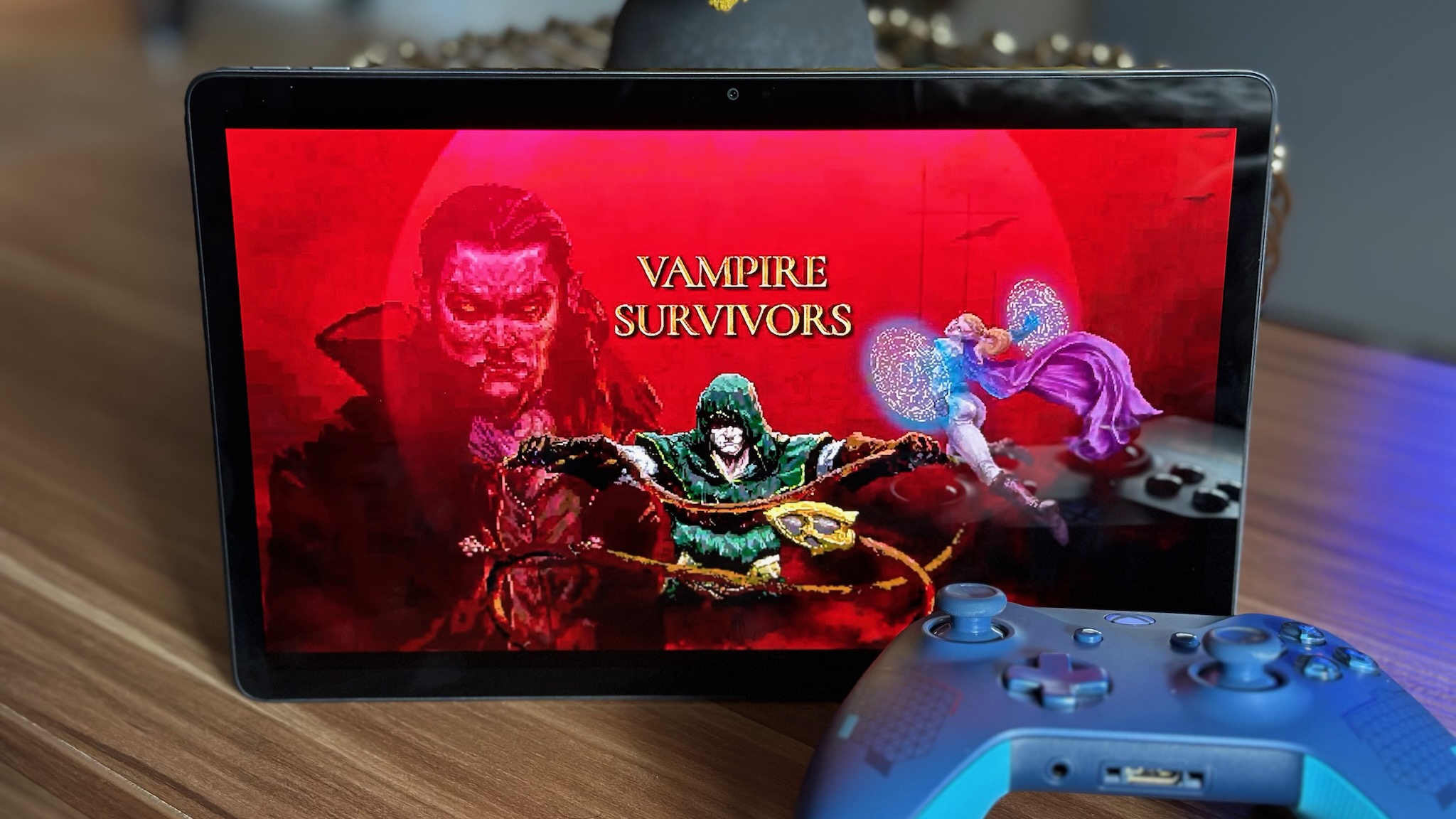
Xbox Game Pass cloud games like Vampire Survivors ran without any issues while taking full advantage of the high refresh rate, and I can already tell this could be a dangerously easy way to feed my addiction to that game.
It also managed to run Genshin Impact on Medium settings — whereas the P11 Plus could only handle Low and my Tab S7 FE struggled with Medium.
Similarly, I could use Lenovo's multitasking mode, aka Productivity Mode, without any slowdown or stuttering across multiple apps used simultaneously. I did have some frustrations with the mode that I'll discuss below, but Lenovo did solve many of Ara's complaints with the P11 Pro Gen 1: apps didn't crash, you can resize apps or make them full-screen without closing Productivity Mode, and I haven't found any incompatible apps yet.
Ara also noted at the time that most apps couldn't take advantage of the P11 Pro Gen 1's quad speakers with Dolby Atmos, but the feature has come to a lot more video and music streaming apps since then. Overall, the power and richness of the quad JBL speakers will totally satisfy you for your Netflix binges.
Plus, the first-gen model had no magnetic strip for the compatible Precision Pen, so you had to attach a silicone sleeve to the tablet. This time around, the Precision Pen 3 attaches extremely securely, to the point that you can shake the tablet without the stylus getting kicked off. I even used my Precision Pen as a mini-kickstand to give the P11 Pro a little bit of an angle when it sat on my desk. It's just too bad the Precision Pen 3 wasn't included in the box, as it was with the P12 Pro.
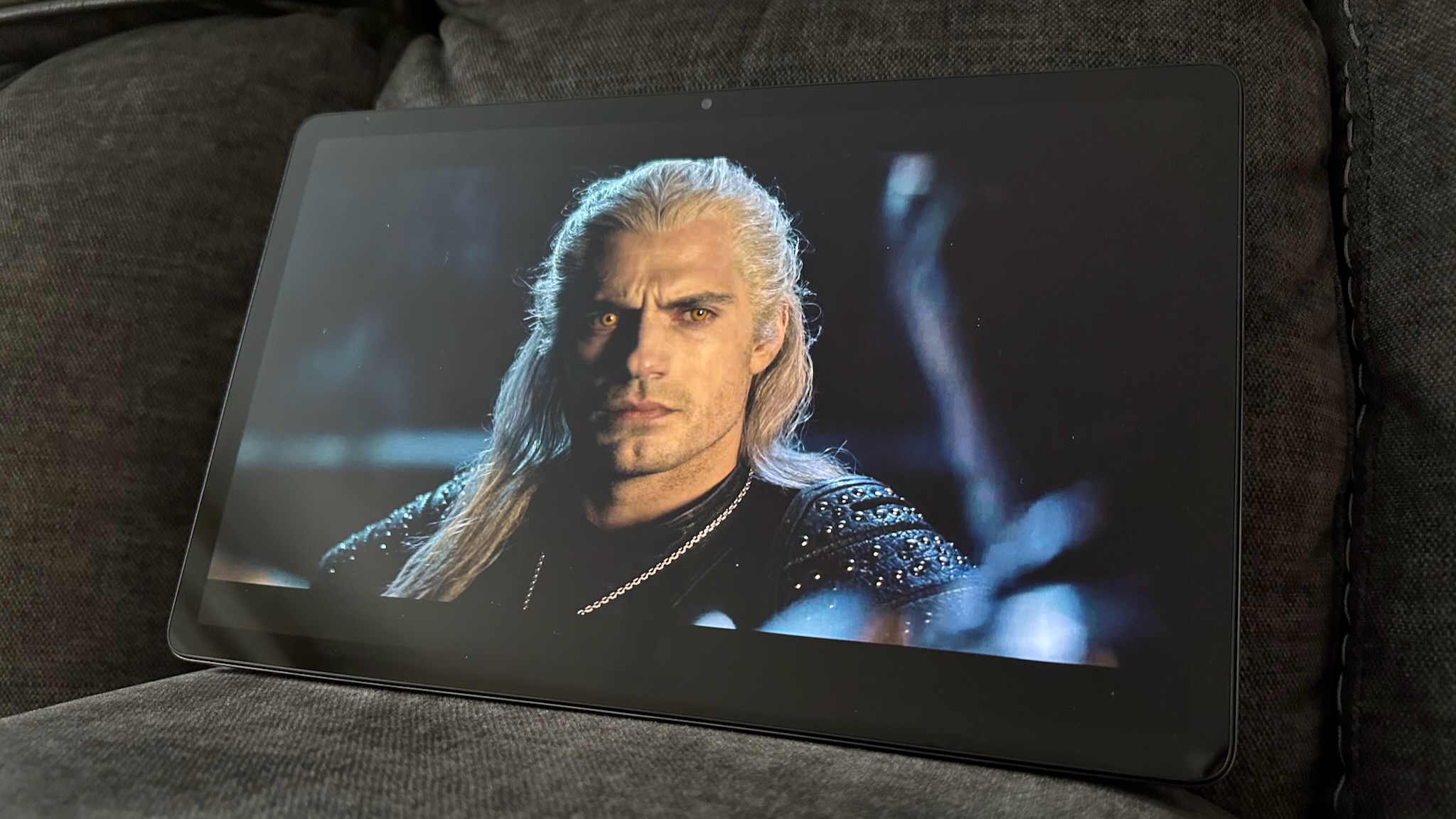
Battery life has also impressed, more or less living up to Lenovo's 14-hour battery estimate. From 100%, I streamed a full season of The Witcher on Netflix on high graphics, multitasked in productivity mode, played two hours of Vampire Survivors, browsed Chrome, and used other eclectic apps before the battery needed recharging, ultimately hitting about 13 hours.
Following this initial stress test, I used it less frequently, and the Tab P11 Pro Gen 2 easily handled two days with less frequent and more casual use. Evidently, the Kompanio 1300T combined with the 8,000mAh battery offers a pretty energy-efficient experience.
Of my several complaints with the Lenovo Tab P11 Plus, two were that it had an overly aggressive haptic motor and only updated from Android 11 to 12L. With the Pro Gen 2, Lenovo packed in haptics with a bit more finesse and promised two OS updates to Android 14, plus three years of security updates through the end of 2025. A Samsung tablet will give you more longevity, but I want to give Lenovo credit for making some strides in the right direction.
Lenovo Tab P11 Pro Gen 2: What I didn't like
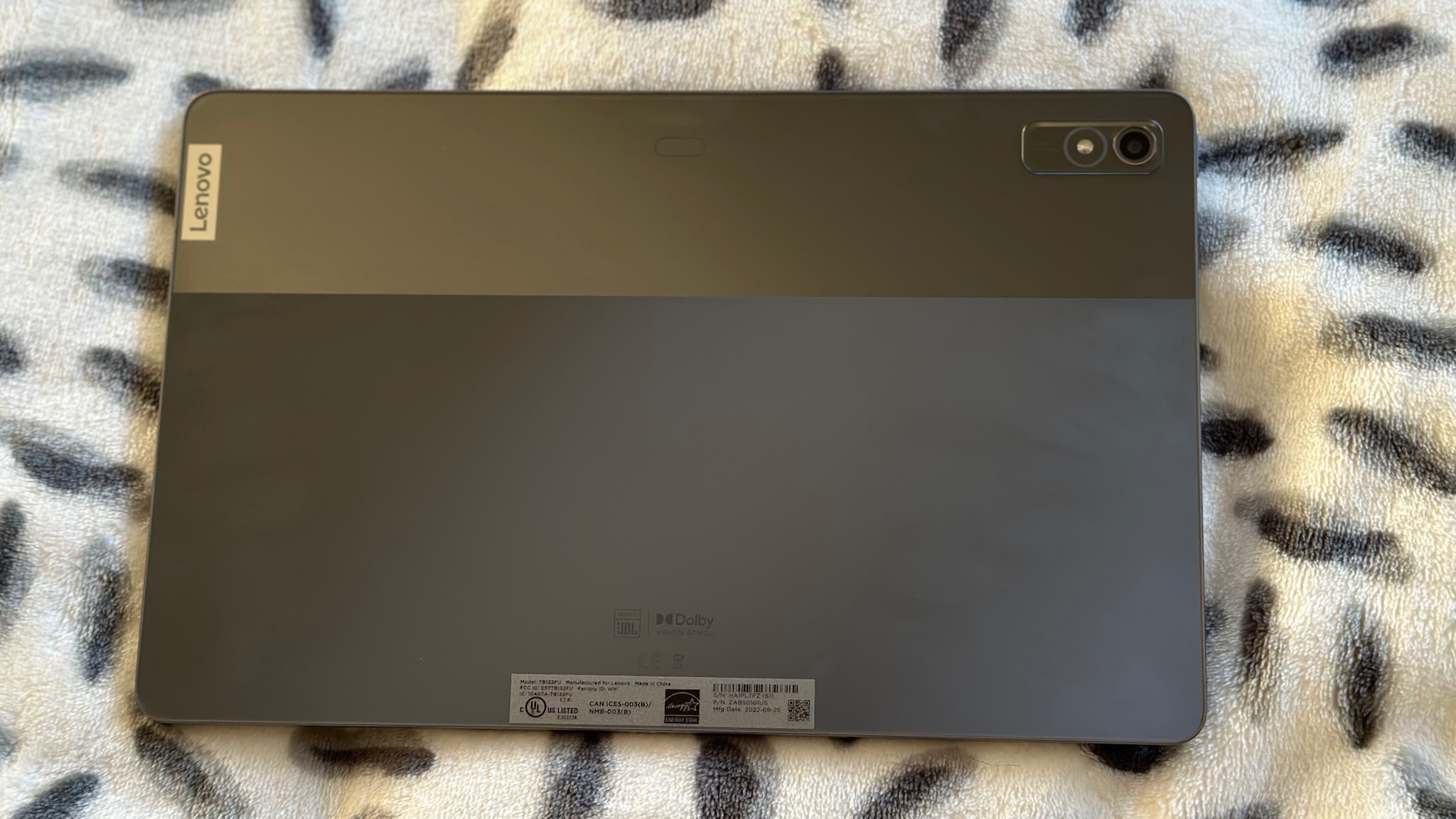
Lenovo sent me the 6GB version of the P11 Pro Gen 2, so this is only a hunch, but I wouldn't recommend the 4GB version of the Gen 2. With the 6GB, I find the tablet mostly gives smooth performance, enough to take full advantage of its smooth 120Hz display. But some apps will stutter at times, and that will prove even more true if you cut out extra memory.
A couple of my complaints with the Lenovo Tab P11 Plus return here. For starters, as much as I love the Pro Gen 2 speakers, I prefer using headphones most of the time, so the absence of a 3.5mm headphone jack disappointed me. Like most tablets, this Pro tablet takes over 2 hours to charge, so you're out of luck if you have USB-C headphones instead.
Lenovo ditched its side fingerprint sensor between the Gen 1 and Gen 2 versions, and the Face Unlock alternative can be just as finicky on the Pro as it was on the Plus. How well it recognizes you can sometimes depend on which way the selfie camera is oriented, for instance, and Raise to Wake can sometimes be a bit oversensitive.
Speaking of the selfie camera...it's not great. Photos lack detail and video calling will leave your face looking a bit low-resolution for friends and family. As for the rear camera, 13MP is enough to capture some detail, but it's still not a device I'd use for photos I cared to save.

Lenovo employs stock Android software, which doesn't have quite the same flair as One UI in my mind. And this tablet launched with Android 12, meaning it doesn't take advantage of all the neat multitasking tools that arrived with Android 12L and Android 13.
At the moment, the Productivity mode is your only recourse for multitasking, and I found it less natural to use than DeX mode. Resizing windows can be unnecessarily tricky, for instance. It's probably something I'll get used to with more practice, but waiting for 12L or 13 to arrive with more native multitasking tools may be a better fit for this tablet. It depends on whether "pros" actually buy this for serious work, or if it's mainly for Android users who want a reliable mid-range device for streaming, gaming, and light work.
The competition
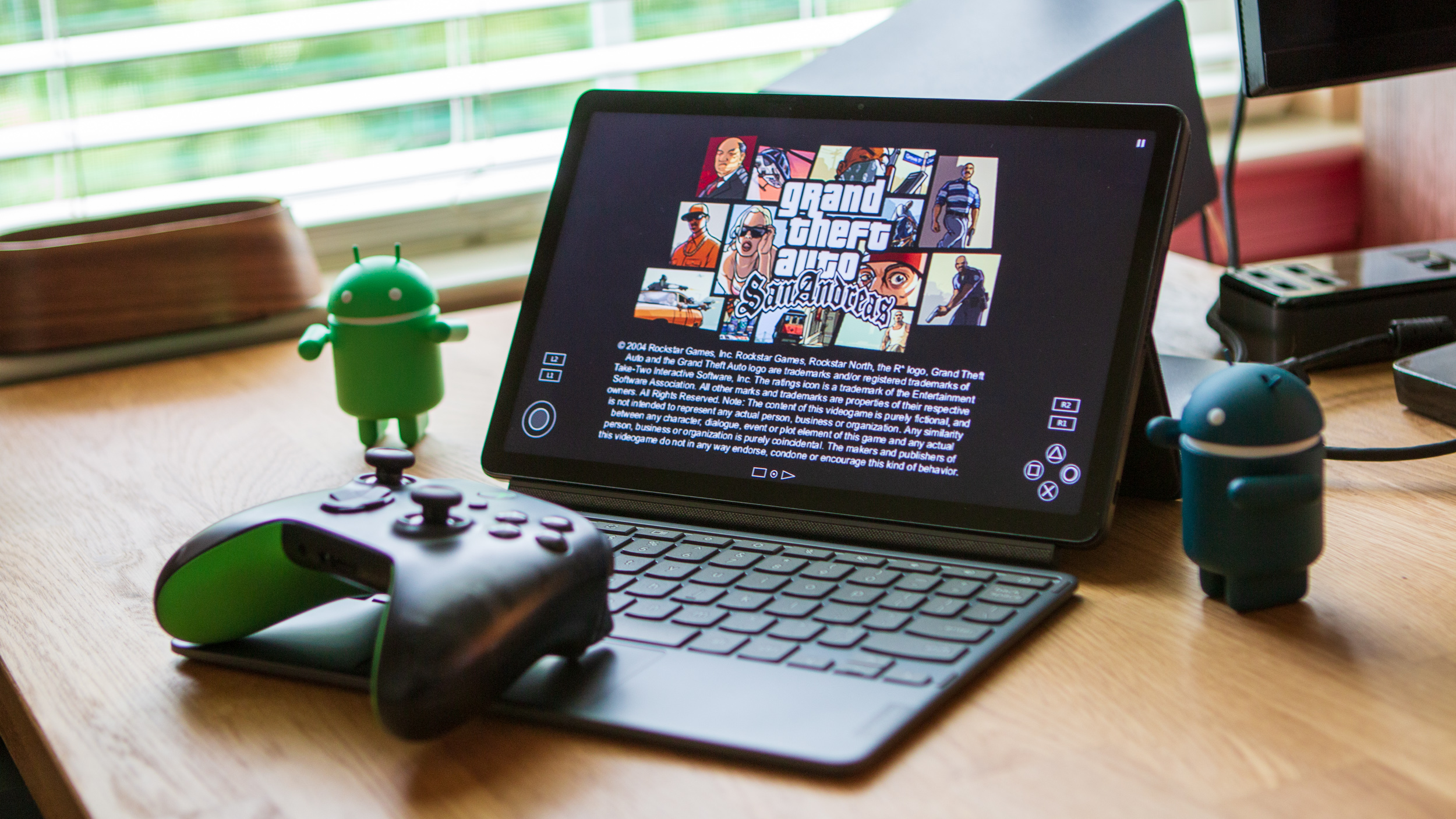
I've already mentioned many of the closest rivals to the P11 Pro Gen 2 in quality. Most of the best cheap Android tablets offer far more scaled-down performance and visual quality in exchange for lower prices, with the P11 Plus and several Fire tablets among our favorites. If you just want something for streaming, you can certainly choose one of these and save hundreds; you'll just have to accept a lower resolution, fewer speakers, and a less robust processor.
You may also want to consider a 2-in-1 Chromebook like the Lenovo Chromebook Duet 3. With a similar price to the P11 Pro Gen 2, the Duet 3 falls short in most specs and benchmarks, and it's heavier in tablet form as well. So why consider it? Because it comes with a keyboard and kickstand in the box and uses the more reliable Chrome OS interface for productivity. Plus, it'll receive software support for years longer. So your choice depends on your priorities.
The most obvious competitor at this price point would be the 2022 iPad. It has a shorter battery life, only two speakers, a 60Hz display, and just 64GB storage by default with no expandable storage option. On the other hand, its A14 Bionic chip provides much better performance, its ultrawide selfie camera is far better suited to video calls, and iPadOS receives more frequent and long-lasting updates.
Lenovo Tab P11 Pro Gen 2: Should you buy it?
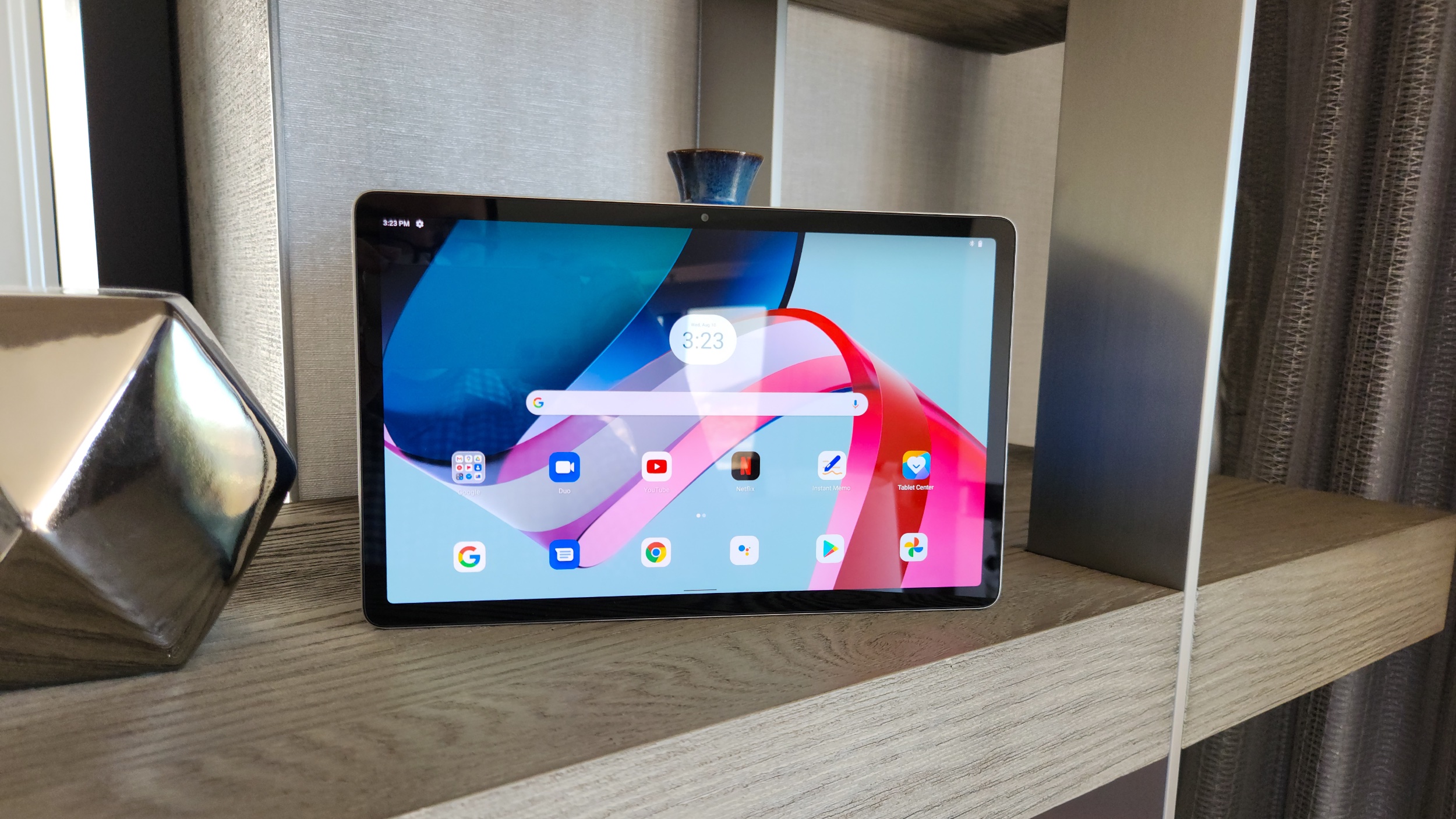
You should buy this if...
- Budget Android tablets lack the power and display quality you want.
- Premium Android tablets cost too much for what they offer
- You want a well-rounded device for casual work and hardcore play.
You shouldn't buy this if...
- You need a primary work device.
- You prefer faster performance to a prettier display.
As I mentioned above, if you're going to buy the Lenovo Tab P11 Pro Gen 2, the 6GB version will be the safer bet. You'll only save $30 with the 4GB version, and less memory means fewer apps will take full advantage of the 120Hz display. If you can't afford this price, you'd be better served choosing the P11 Plus or waiting for the $250 Tab P11 (2nd Gen) coming in January 2023. Otherwise, the $30 extra will pay its dividends if you use this tablet for three years.
With that out of the way, should you buy the P11 Pro Gen 2? It depends on whether you're someone that wants to experience a 120Hz display without paying a flagship-level price. More and more mid-range phones are doing it, and I suspect more mid-range tablets will follow suit. But at the moment, the Pro doesn't have many proper rivals. Even if the stock software isn't anything to write home about, everything about the hardware makes this tablet very easy to recommend.
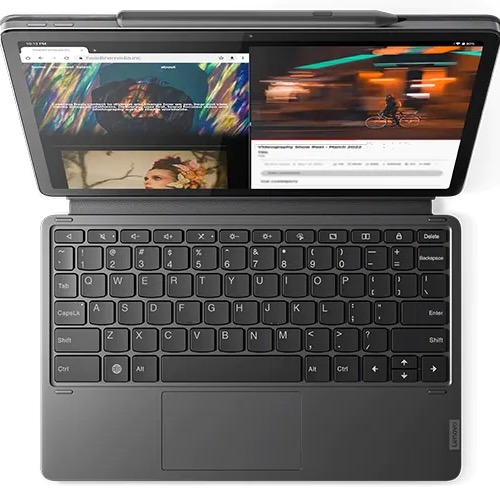
With a 2.5K 120Hz display, fast performance for demanding gaming apps, rich audio, an all-day battery life, and other perks, the P11 Pro is a major step up over Lenovo's last attempt at an 11-inch "Pro" tablet.

Michael is Android Central's resident expert on wearables and fitness. Before joining Android Central, he freelanced for years at Techradar, Wareable, Windows Central, and Digital Trends. Channeling his love of running, he established himself as an expert on fitness watches, testing and reviewing models from Garmin, Fitbit, Samsung, Apple, COROS, Polar, Amazfit, Suunto, and more.
